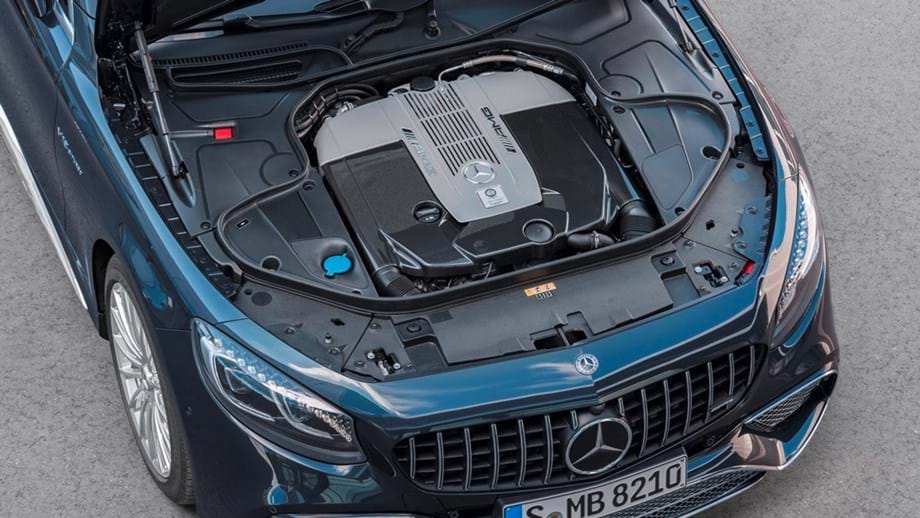MERCEDES-BENZ

High performance engines in the sights of the European Commission
For 2020, the European Commission will impose on all manufacturers to limit the average carbon dioxide (CO2) emissions of their ranges to just 95 grams, which may then be slightly corrected depending on the type of vehicle each brand (or group) produces mainly weight. In the case of Mercedes, the limit should be slightly above 95g, but as far as we can see, not much more than 100g of CO2 / km.
The German manufacturer, which is going through a spectacular moment in terms of sales and business results, thanks in part to the success of the Class A, will have to make considerable effort to meet this requirement. Each extra gram implies a fine of € 95 multiplied by the total number of vehicles sold, which for Daimler represents around 3.4 million units (sold in 2018). This means that if the German group misses the limit for a paltry 10g, it will have to send a check of € 3.2 billion to Brussels. And since Daimler's average emissions amount to 138g CO2, the Germans have to make an extra effort to avoid disbursing 13.9 billion euros.
There are several strategies that Mercedes will use to reduce the average value of the CO2 range. First, it has more and more plug-in hybrids, a technological solution that is allowed some facilities by the legislature, considering only the emissions in the first 100 km, assuming that the battery is “full” at start-up. Another solution will be the adoption of battery-powered trams, the most effective option for reducing emissions, but which the German brand cannot count on, as it has only available (at least for now) the EQC, the base-sharing SUV. the GLC.
As a result, Mercedes is left to cut sales of its most polluting models, almost all displaying the AMG emblem, synonymous with more power and, necessarily, higher consumption and emissions. According to the Financial Times, citing unidentified sources of the brand, German officials are expected to reduce up to 75% of Mercedes-AMG models. Those equipped with the 4.0 V8 biturbo engine are likely to be the biggest victims, but also some six-cylinder 3.0 may be in danger. But these options can be dramatic for profit, as the most powerful versions of AMG are also the ones that should ensure the largest share of profit per unit.
One of the alternatives to avoid this radical cut in AMG production is to move ahead with the replacement of the 4.0 V8 engine for the four-cylinder 2.0, duly supported by one or two plug-in hybrid (PHEV) electric motors. This 2.0 unit already reaches 421 hp in the latest AMG Class A and could easily jump to 500 or 600 hp using electric motors. For a while, of course, because the PHEV's small battery doesn't allow for big adventures. Nor reproduce the hoarse noise of the V8 biturbo.
Mundoquatrorodas

Nenhum comentário:
Postar um comentário